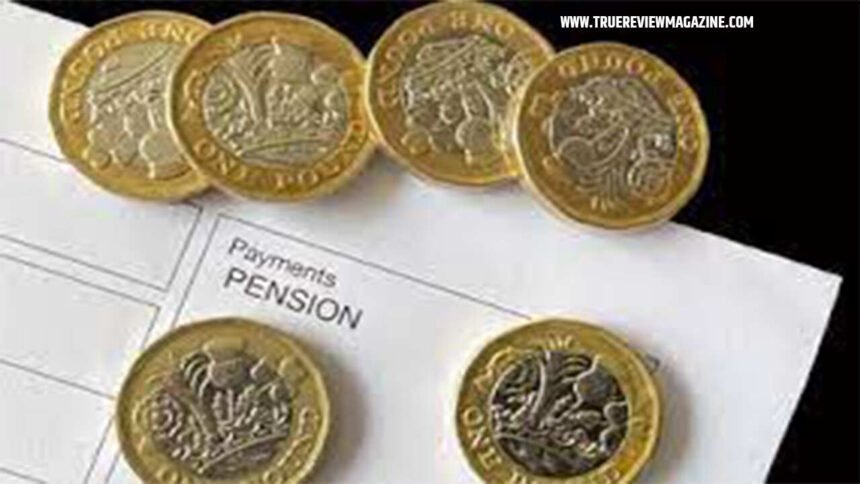Come April 2024, the state pension is poised for a significant boost of 8.5 percent. This positive development is a result of the recent confirmation that the ‘triple lock’ mechanism will be determined by wage growth levels.
The ‘triple lock’ rule ensures that the state pension escalates annually in sync with the highest among three benchmarks: average annual earnings growth from May to July, inflation in the year to September, or a minimum hike of 2.5 percent.
According to the latest data from the Office for National Statistics, the Consumer Price Index (CPI) inflation for the year ending in September 2023 stands at 6.7 percent. This figure is slightly lower than the wage growth data for the three months ending in July 2023, which was reported at 8.5 percent last month.

An 8.5 percent increase, if enacted, would raise the current state pension of £10,600.20 per year to £11,501.22 in April 2024. While this is a positive development for pensioners, it may also bring hundreds of thousands into the realm of paying income tax for the first time in the upcoming tax year. This is due to the personal allowance remaining frozen at £12,570.
Tom Selby, Head of Retirement Policy at AJ Bell, acknowledges that adhering to the state pension triple lock promise might incur substantial costs for taxpayers. However, for Prime Minister Rishi Sunak, this may be considered a “price worth paying,” particularly as the Conservative party faces an upcoming general election while trailing behind Labour in the polls.
Nonetheless, the Treasury may argue that the July earnings data was artificially inflated due to NHS bonuses. As an alternative, they might consider the ‘smoothed’ 7.8 percent figure, which excludes bonuses. Another option could involve excluding the earnings component of the triple lock and increasing the state pension by 6.7 percent, in line with the present inflation rate.

It is noteworthy that a similar adjustment took place in the 2022-23 tax year when the earnings portion of the triple lock was disregarded following significant wage increases in the wake of the COVID-19 pandemic. This was later reinstated, resulting in a record 10.1 percent increase in the state pension for the 2023-24 tax year, aligning it with the September 2022 inflation rate.
Dean Butler, Managing Director for Retail Direct at Standard Life, highlights that while the state pension is on the rise, it still falls short of the £12,800 considered necessary for a single pensioner to maintain a minimum standard of living in retirement, according to the guidelines established by the Pensions and Lifetime Savings Association’s Retirement Living Standards.
Summary:
In April 2024, the UK state pension is set to undergo a substantial 8.5% increase, driven by the ‘triple lock’ mechanism. This rule ensures that the pension rises annually, in line with the highest of three benchmarks: wage growth, inflation, or a minimum increase of 2.5%. While inflation figures were at 6.7%, wage growth data for July 2023 stood at 8.5%, prompting this generous adjustment. However, this hike may also lead to more pensioners paying income tax for the first time due to the frozen personal allowance. Despite the potential cost to taxpayers, maintaining the triple lock promise is deemed a priority in political discussions, especially as a general election approaches. The Treasury may consider alternatives such as excluding NHS bonuses or the earnings component of the triple lock, in line with inflation figures. It’s important to note that this increase still falls short of the ideal retirement standard according to Pensions and Lifetime Savings Association guidelines.
The government’s commitment to maintaining the triple lock is a significant political decision, particularly with an impending general election. However, it’s important to note that this increase still falls short of the recommended standard of living for retirees.
Read more: https://truereviewmagazine.com/










